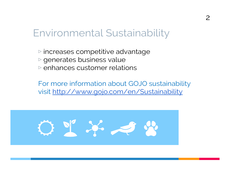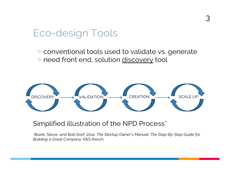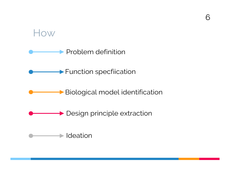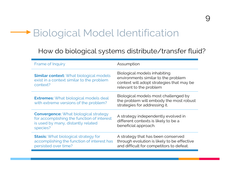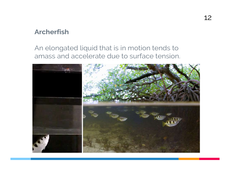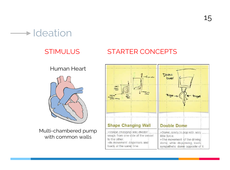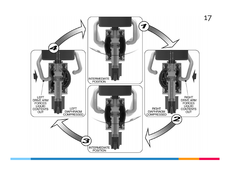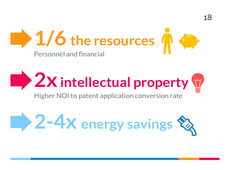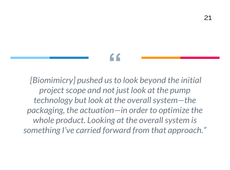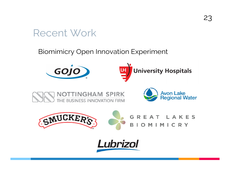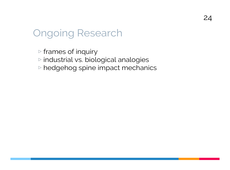Description
Audio recording of this session is not available.
Biomimicry, defined as
innovation through the emulation of biological forms, processes, patterns, and
systems, is particularly valuable for its focus on solution discovery, as
opposed to solution validation. GOJO Industries, Inc. used biomimicry to drive
environmentally sustainable product innovation. The approach proved both
efficient and effective: in comparison to a historical new product development
project with a similar objective and scope, the biomimicry-driven project
produced double the intellectual property and at least double the energy
savings for just one-sixth the resource commitment. Biomimicry also showed
potential to increase the overall speed of front end innovation.
Join the authors to explore this case study and
discover how biomimicry may be a highly promising approach for driving
innovation, and particularly environmentally sustainable innovation.
Contributors
-
Emily Kennedy, PhD Candidate, University of Akron
Emily's research is focused on assisting innovators in exploring biology as a source of creative inspiration and a model for environmental sustainability. For her dissertation, she is generating and testing theories about biomimetic innovation and developing a reliable procedural template that can be implemented by business practitioners. Emily is a 2016 recipient of the Creativity Foundation Legacy Prize and a Eureka Ranch–certified Innovation Engineering Black Belt. Emily holds a BA in international relations with a minor in environmental studies from Colgate University.
-
Thomas Marting, Facilities and Resources Management Director, GOJO Industries
Marting directs plant maintenance, safety, security, environmental compliance, and facilities construction activities for multiple manufacturing and distribution locations. He is also responsible for driving sustainability into the operation of those facilities and embedding sustainable value into the new product development process by applying eco-design tools, such as lifecycle assessment, chemical hazard assessments, and biomimicry. In 2015, he was recognized by the City of Akron, Summit County, and the Greater Akron Area Chamber of Commerce as a Summit of Sustainability Changemaker. He holds a BS in chemical engineering from Ohio University.

